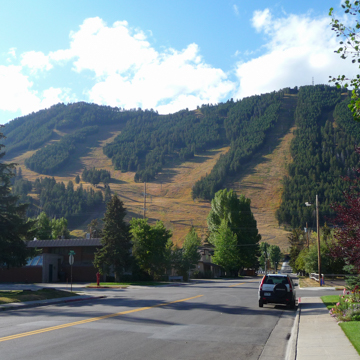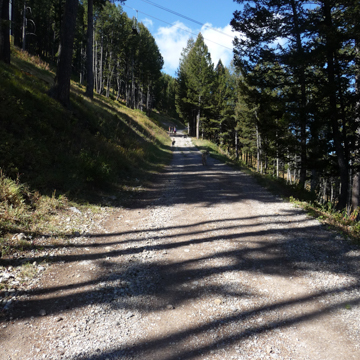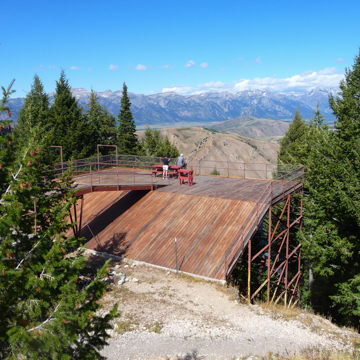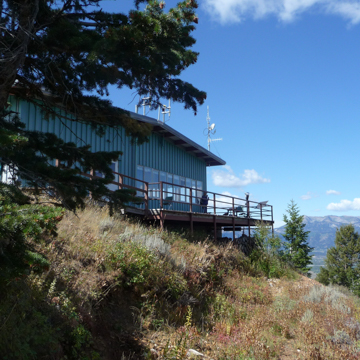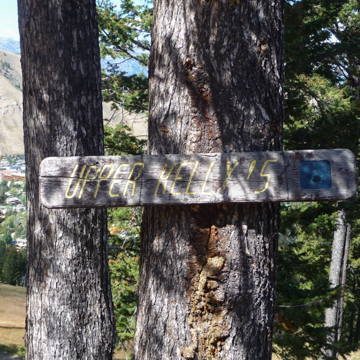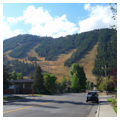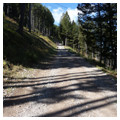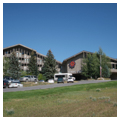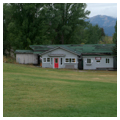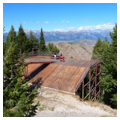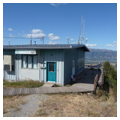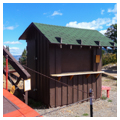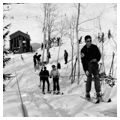You are here
Snow King Ski Area
Rising up just east of downtown to an elevation of 7,800 feet, the Snow King Ski Area is a historic and cultural landmark in Jackson Hole. The oldest ski area in Wyoming, Snow King made the formerly quiet ranching and farming town into a major national and international winter sports destination.
As early as the 1920s, Snow King Mountain was used informally by locals, who would hike up to the top and enjoy the long ski down. In 1936, the Civilian Conservation Corps built a hiking trail to the top of the mountain, the first permanent use of the mountain for recreation. The Town of Jackson purchased seven acres of land at the foot of the mountain in 1939, and the first ski tow was added that year. In a place where winter can last from November to May, skiing quickly became a popular activity for residents of all ages, with local children learning to ski soon after they started to walk.
The 465-acre Snow King Ski Area is a cultural landscape consisting of the mountain itself, ski runs and trails, ski lifts and lift-houses, a resort hotel, and other ski-related buildings and features. Also within the ski area site, although separated from it by a chain-link fence, is Jackson’s Aspen Cemetery. The most visible and recognizable features of the Snow King landscape are the ski runs and trails, which appear in photographs of Jackson dating back to the 1930s. These trails were originally narrow cuts through the forest that have gradually been widened over the years. The trail configuration is much the same as when the ski area opened, with forested upper runs and the base of the mountain mostly open. While some facilities, such as the lifts, have been replaced over the years, most follow the pattern established in the mid-twentieth century. The ski slopes and trails can be seen from almost every place in Jackson, and serve as a strong symbol and cultural connection for the town.
Snow King Hotel, built in 1976 at the base of the mountain, was designed to blend into the mountain, with its sloped roof lines, cedar-sided exterior walls, and cedar-shingled roofs. The resort consists of three linked buildings that resemble Swiss chalets, with wide front-gable roofs sheltering the multiple floors. All three of the roofs are irregular, with one slope extending down almost to ground level. The central building houses the lobby, restaurant, and other guest facilities, while the other two buildings house hotel rooms. The facades of the hotel buildings consist mostly of balconies, articulated with upright posts that rise from ground level to the peak of the gables. The hotel retains almost all of its original features, including the four-story-high lobby surrounded by mezzanines on each floor and a 40-foot-high, native stone fireplace.
A restaurant, aptly named Panorama House (1960), is perched at the top of the mountain. The steel-frame building has a low gable roof supported by steel trusses and is sheathed in metal siding with a metal roof. Bands of metal sliding windows provide panoramic views from three sides of the building. Also at the summit is a small wooden “snack shack,” a ski patrol lodge, and the original unloading deck of the first chairlift, which is now an observation deck. The ski area also includes numerous small landscape features such as trail signs, fences, small utility buildings, stationary snow-making equipment, and lights.
From the beginning, the community supported Snow King, fondly known as the “town hill,” with funding and volunteer labor. The community built the first ski shelter on the property between 1939 and 1944, and the local Jackson Hole Ski Club sponsored races and ski meets that were soon attracting contestants from throughout the West and beyond. Volunteers helped the tow operator clear the slopes and build roads, and served as ski patrol. Before there were snowmaking machines, residents even went so far as to haul snow in by truck to make sure the slopes were in good shape for races. The Jackson Hole Winter Sports Association built the first chairlift from an old mining tramway in 1947.
Snow King is mostly, but not only, about skiing. During the off season it is used as a concert and party venue, and about 500 people climb up Snow King on the old CCC trail every day during the summer months, while many more ride the chairlift to enjoy the view or a fast, downhill mountain-bike ride.
References
Humstone, Mary. Jackson’s Town Hill: Snow King Ski Area. Report prepared for the Teton County Historic Preservation Board, 2012.
Writing Credits
If SAH Archipedia has been useful to you, please consider supporting it.
SAH Archipedia tells the story of the United States through its buildings, landscapes, and cities. This freely available resource empowers the public with authoritative knowledge that deepens their understanding and appreciation of the built environment. But the Society of Architectural Historians, which created SAH Archipedia with University of Virginia Press, needs your support to maintain the high-caliber research, writing, photography, cartography, editing, design, and programming that make SAH Archipedia a trusted online resource available to all who value the history of place, heritage tourism, and learning.

